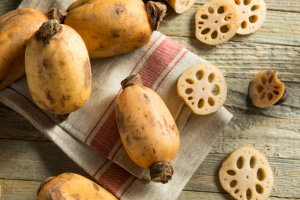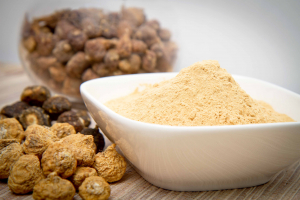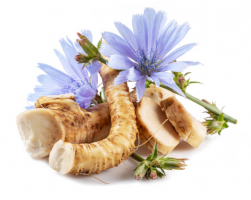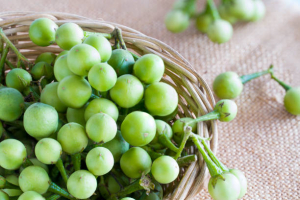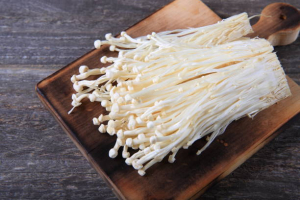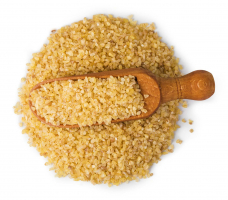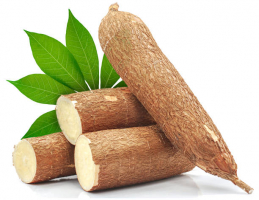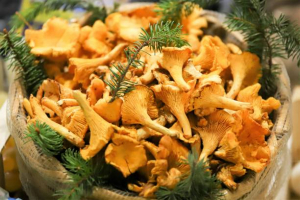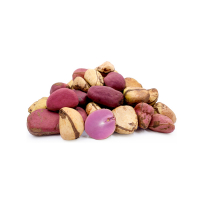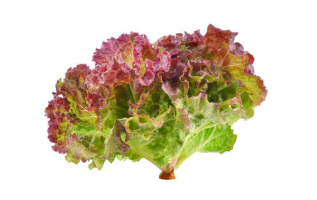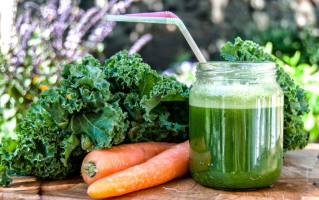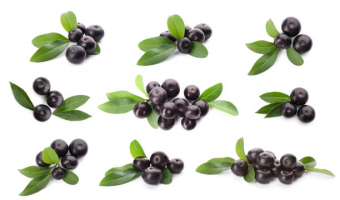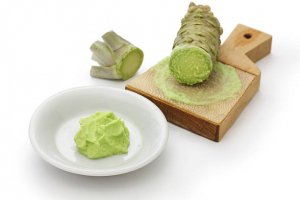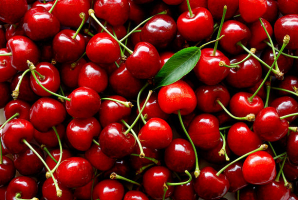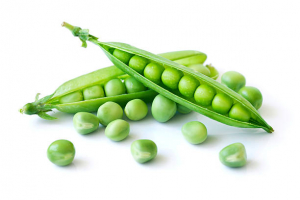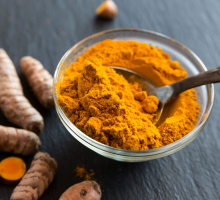Top 8 Health Benefits of Taro Root
Taro root is a starchy root vegetable that originated in Asia but is now popular all over the world. It has brown skin on the outside and white flesh with ... read more...purple spots all over. It has a pleasantly sweet flavor and a texture similar to potato when cooked. Taro root is high in fiber and other minerals and has a number of possible health advantages, including enhanced blood sugar control, and gastrointestinal and heart health. Here are the greatest taro root health advantages.
-
One cup (132 grams) of cooked taro has 187 calories — mostly from carbs — and fewer than one gram each of protein and fat. It also contains the following:
- Fiber: 6.7 grams
- Manganese: 30% of the daily value (DV)
- Vitamin B6: 22% of the DV
- Vitamin E: 19% of the DV
- Potassium: 18% of the DV
- Copper: 13% of the DV
- Vitamin C: 11% of the DV
- Phosphorus: 10% of the DV
- Magnesium: 10% of the DV
Thus, taro root has good amounts of various nutrients that people often don’t get enough of, such as fiber, potassium, magnesium, and vitamins C and E.
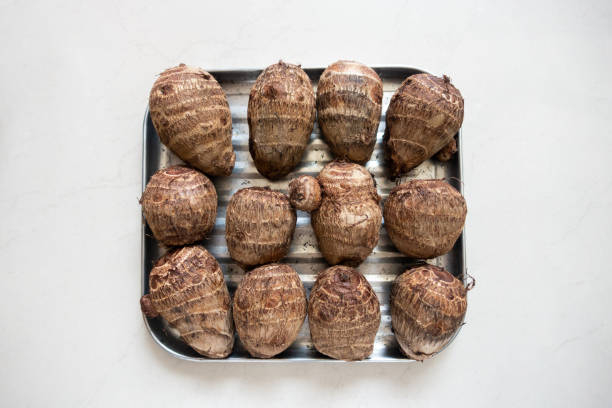
Rich in Fiber and Other Important Nutrients 
Rich in Fiber and Other Important Nutrients -
Although taro root is a starchy vegetable, it has two forms of carbs that help with blood sugar control: fiber and resistant starch. Fiber is a carbohydrate that humans are incapable of digesting. It has no effect on blood sugar levels since it is not absorbed. It also slows the digestion and absorption of other carbohydrates, minimizing blood sugar increases after meals. High-fiber diets comprising up to 42 grams per day have been shown in studies to reduce blood sugar levels by approximately 10 mg/dl in patients with type 2 diabetes.
Taro also contains resistant starch, a form of starch that humans cannot digest and hence does not elevate blood sugar levels. Resistant starch accounts for around 12% of the starch in cooked taro root, making it one of the better sources of this nutrient. Taro root is a fantastic carb option because of its combination of resistant starch and fiber, especially for diabetics.
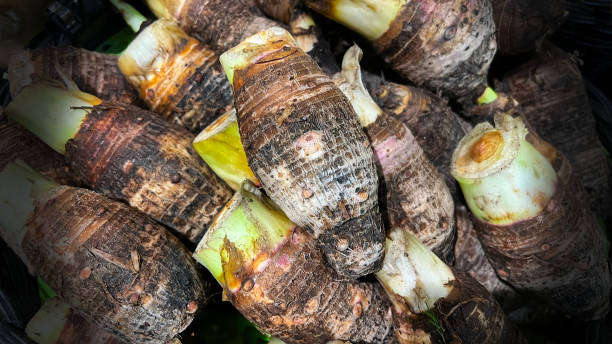
May Help Control Blood Sugar 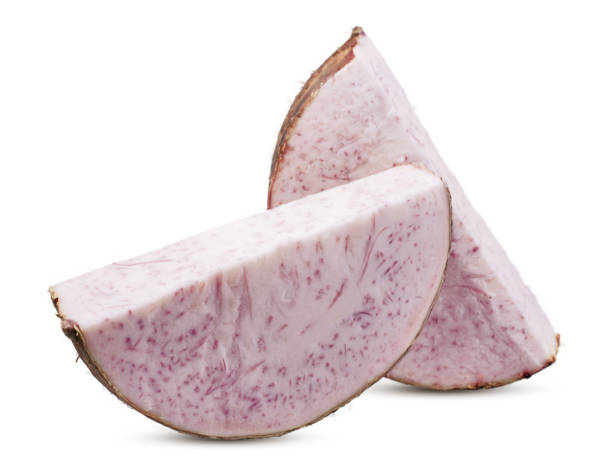
May Help Control Blood Sugar -
Taro root's fiber and resistant starch may also help lower your risk of heart disease. A significant study has indicated that persons who consume more fiber had reduced incidences of heart disease. According to one study, every additional 10 grams of fiber ingested each day reduces the risk of dying from heart disease by 17%. This is thought to be linked to fiber's cholesterol-lowering properties, but a study is ongoing.
Taro root has more than 6 grams of fiber per cup (132 grams), which is more than twice as much as a comparable 138-gram portion of potatoes, making it a good source of fiber. Taro root also contains resistant starch, which has been related to a lower risk of heart disease and reduces cholesterol.
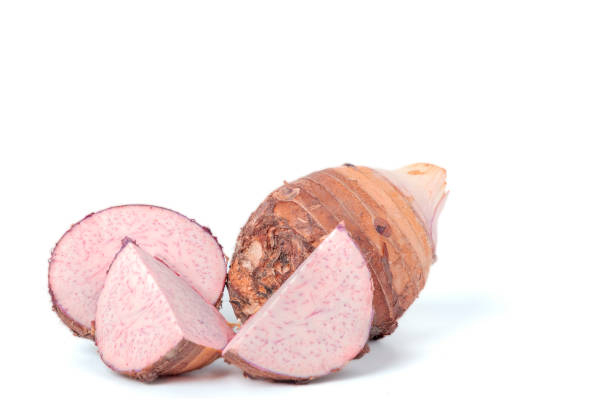
May Reduce Your Risk of Heart Disease 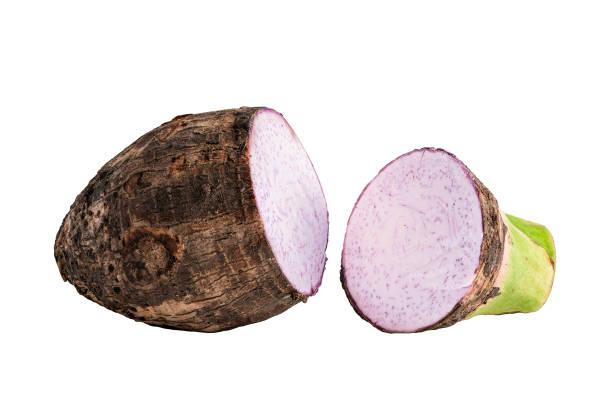
May Reduce Your Risk of Heart Disease -
Taro root includes polyphenols, which are plant-based substances with numerous health advantages, including the potential to lower cancer risk. The principal polyphenol present in taro root is quercetin, which is also found in high concentrations in onions, apples, and tea. In vitro and animal research have revealed that quercetin can cause cancer cell death and decrease the progression of numerous forms of cancer.
It's also a potent antioxidant, protecting your body from free radical damage, which has been linked to cancer. One test-tube study discovered that taro extract could inhibit the spread of certain types of breast and prostate cancer cells, but no human studies have been undertaken. While preliminary findings are promising, additional research is needed to fully understand taro's anticancer capabilities.
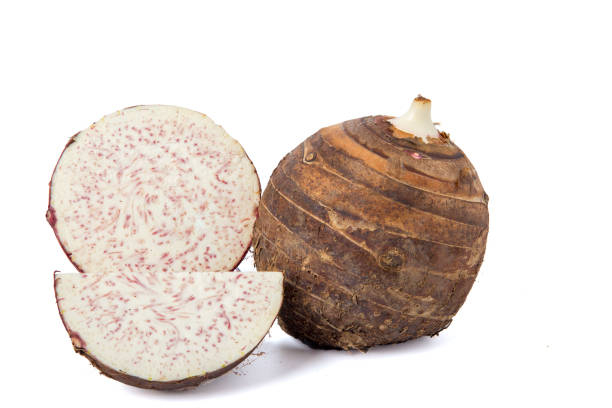
May Offer Anticancer Properties 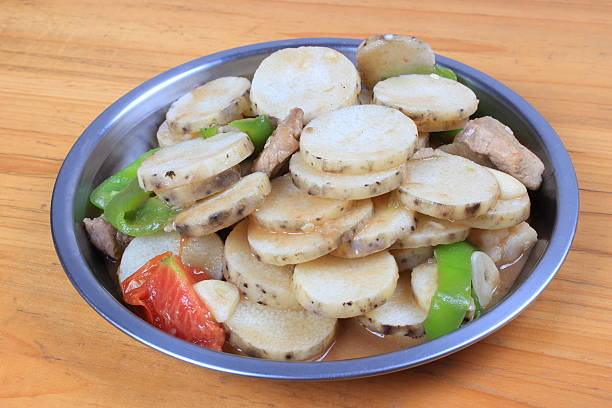
May Offer Anticancer Properties -
Taro root is high in fiber, providing 6.7 grams per cup (132 grams). According to studies, persons who consume more fiber had a lower body weight and less body fat. This could be because fiber delays stomach emptying, keeping you fuller for longer and lowering the number of calories you consume during the day. This may result in weight loss over time. Taro root-resistant starch may have similar effects.
According to one study, males who took a supplement containing 24 grams of resistant starch before meals consumed 6% fewer calories and had lower insulin levels after the meal than the control group. Animal studies have also revealed that rats fed resistant starch-rich diets had lower total body fat and belly fat. This is thought to be attributed in part to resistant starch improving fat-burning in your body, but further research is needed.
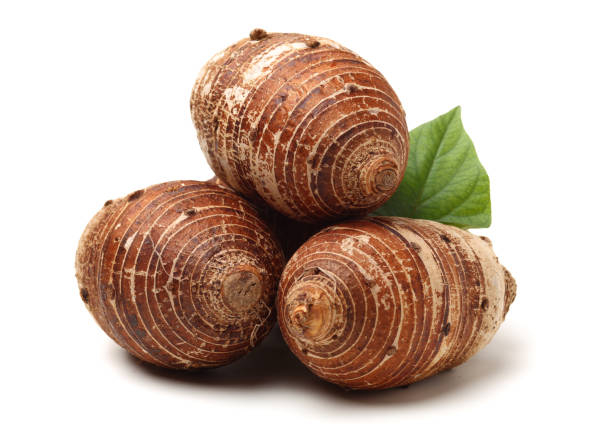
May Help You Lose Weight 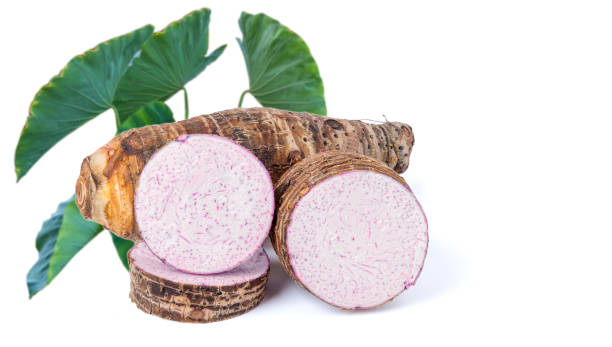
May Help You Lose Weight -
Taro root may be advantageous to intestinal health due to its high fiber and resistant starch content. Fiber and resistant starch are not digested or absorbed by your body, so they remain in your intestines. They become food for the microbes in your gut and boost the growth of healthy bacteria once they reach your colon. When your gut bacteria ferment these fibers, they produce short-chain fatty acids, which nourish and strengthen the cells that line your intestines.
In one pig trial, meals high in resistant starch improved colon health by increasing short-chain fatty acid synthesis and reduced colon cell damage. Human investigations have revealed that persons with inflammatory bowel diseases, such as ulcerative colitis, have lower levels of short-chain fatty acids in their bowels. Consuming fiber and resistant starch may help boost these levels and protect against inflammatory bowel illness and colon cancer, according to some studies.
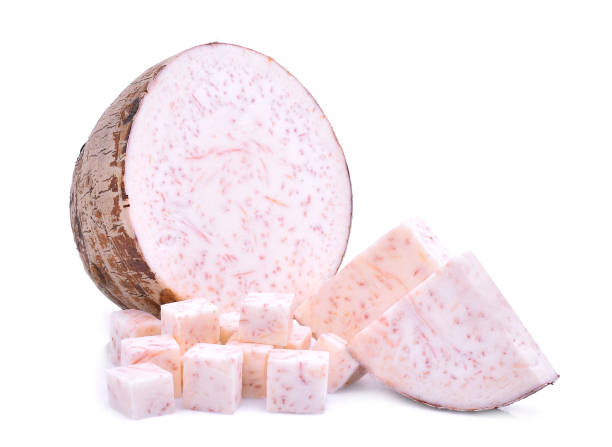
Good for Your Gut 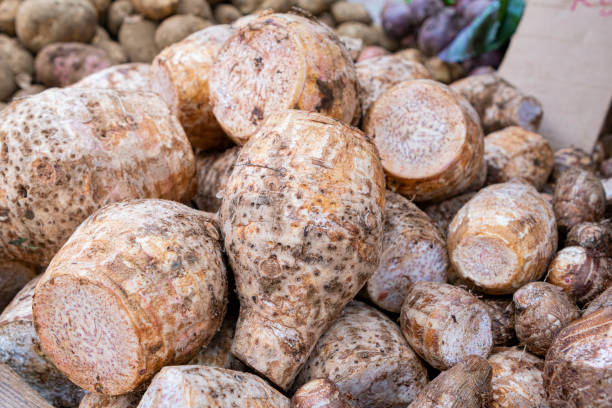
Good for Your Gut -
The mineral richness of taro root has a plethora of therapeutic applications, but the probable dual presence of iron and copper in it makes it a particularly significant food for potentially preventing anemia and increasing circulation throughout the body. Iron and copper are both required for the formation of red blood cells, which transport oxygen to your organ systems. This, in turn, may aid in increasing metabolic activity, preventing weariness, allowing for the creation of new cells, and overall oxygenation of the body, resulting in organs and systems operating at peak efficiency!
When you include taro root in your meals, you protect your skin with vitamins E and A. Both of these critical vitamins work to eradicate skin issues and improve overall cellular health, which means your wounds and blemishes heal faster and your skin regains its healthy glow.

May Aid in Increased Circulation and Improve Skin Care 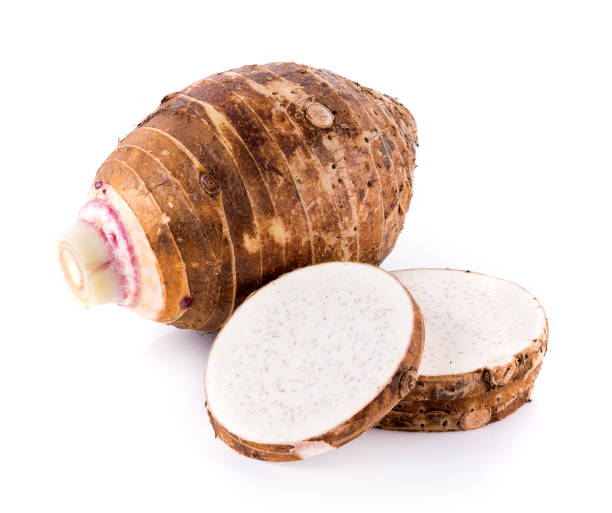
May Aid in Increased Circulation and Improve Skin Care -
The involvement of taro root in the immune system is perhaps the most crucial aspect of its health benefits. Each serving contains a high concentration of vitamin C. This vitamin may aid in the stimulation of the immune system's production of white blood cells, which protect the body from invading infections and chemicals. Furthermore, vitamin C functions as an antioxidant, which can aid in the prevention of significant health problems.
You can better manage your glycemic levels and minimize your chances of developing diabetes if you consume enough dietary fiber, which taro root contains. If you have diabetes, fiber-rich foods like taro root can help prevent harmful blood sugar rises and drops while also improving satiety.
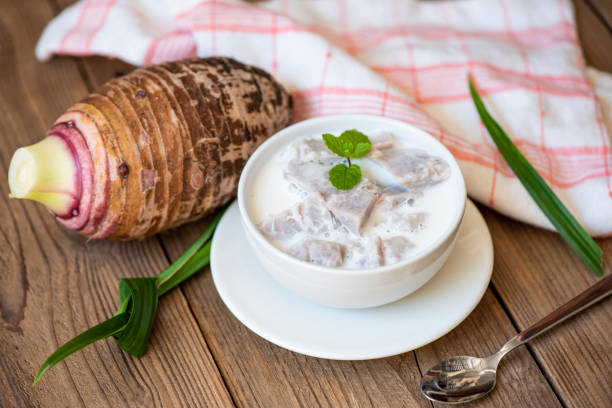
Help Manage Diabetes and Boost Immune System 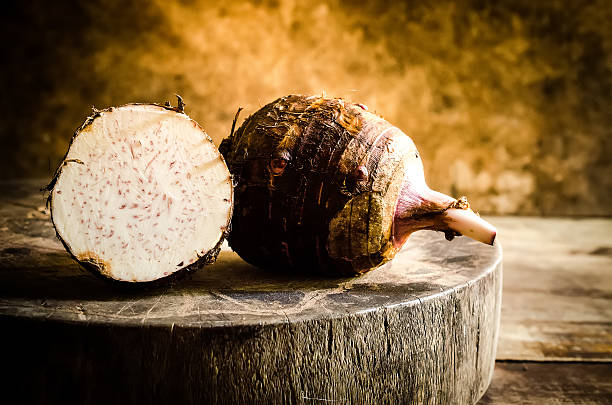
Help Manage Diabetes and Boost Immune System










